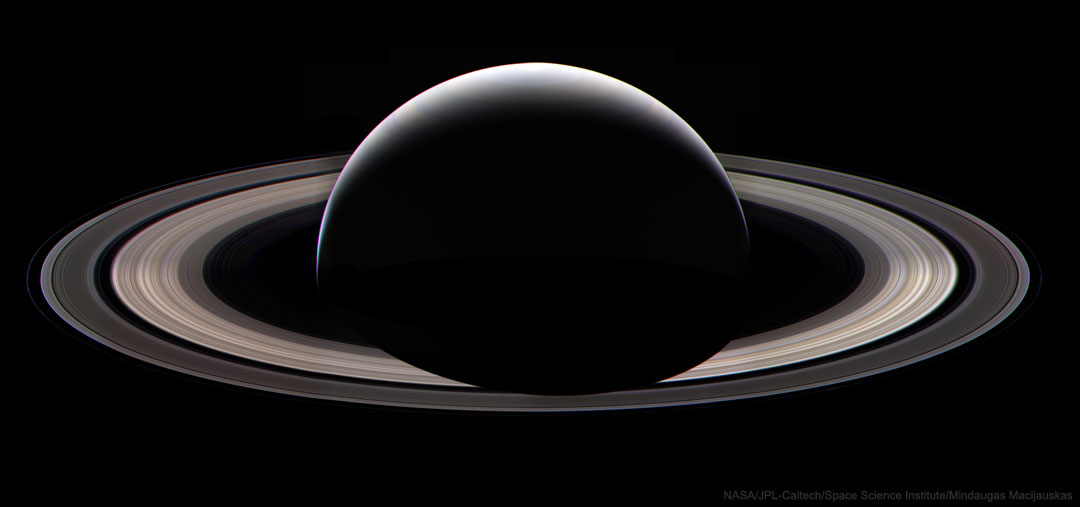NASA's Near-Earth Asteroid Scout, a small satellite the size of a shoebox, designed to study asteroids close to Earth, recently performed a full-scale solar sail deployment test. The test was performed in an indoor clean room to ensure the deployment mechanism's functionality after recent environmental testing.
via Science Daily
Zazzle Space Exploration market place
